-
Welcome to Tacoma World!
You are currently viewing as a guest! To get full-access, you need to register for a FREE account.
As a registered member, you’ll be able to:- Participate in all Tacoma discussion topics
- Communicate privately with other Tacoma owners from around the world
- Post your own photos in our Members Gallery
- Access all special features of the site
DSP's
Discussion in 'Audio & Video' started by hotboatrod, May 14, 2019.


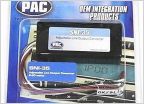 Stock head unit with aftermarket subs question
Stock head unit with aftermarket subs question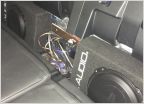 2018 Toyota Tacoma DCLB BBP Audio Build
2018 Toyota Tacoma DCLB BBP Audio Build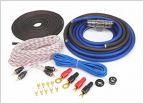 Which amp kit
Which amp kit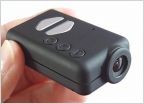 Dash Camera Choices?
Dash Camera Choices?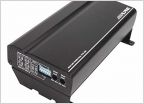 2005 Tacoma New Head Unit Wires Install Question
2005 Tacoma New Head Unit Wires Install Question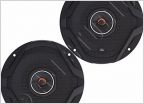 2 way or 3 way door speakers?
2 way or 3 way door speakers?















































































